A bonsai tree is a miniature form of a tree, usually potted or planted within a container. Planting and raising bonsai trees has come from Japanese culture, and the art of planting bonsai trees dates back to the 14th century.
Once upon a time, only the aristocrats of Japan were allowed to experience the beauty of bonsai trees, but now it is accessible to people from all parts of the world.
If you are a beginner in planting bonsai trees, there are multiple things that you must learn about to comprehend how to take care of them properly and how to maintain them. So, this guide aims to educate you on the caring tips for indoor bonsai.
Which Bonsai is Suited for The Indoors?
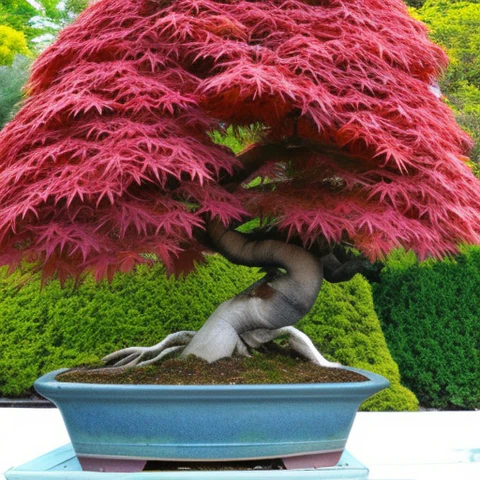
It is a common misconception that bonsais must be placed indoors. On the contrary, most bonsais should be placed outdoors except for tropical and subtropical plants that can survive in indoor and outdoor atmospheric conditions. Tropical bonsais can tolerate high amounts of heat and prefer being indoors where the temperature is stable throughout the year.
If you want to raise bonsais indoors, the easiest one to grow is the Ficus Bonsai, which can tolerate low humidity and is quite resilient. Other common bonsai to grow indoors are Dwarf Jade, Hawaiian Umbrella, Fukien Tea, and Sweet Plum. These will thrive indoors.
On the other hand, temperate plants undergo a period of dormancy and revive the next spring. The period of dormancy initiates when the light and temperatures gradually decrease for a couple of weeks. If these plants are kept indoors, they won’t be able to undergo this natural dormancy cycle during winters, unlike tropical plants, which do not have such a normal cycle. Hence, temperate bonsai trees must be kept outdoors, and the tropical and subtropical ones should be kept indoors.
The popular outdoor bonsais include juniper, spruce, and pine trees. Some deciduous trees are also raised as bonsai trees, which will equally thrive outdoors, including maple, elms, and ginkgo.
How Do You Take Care of Indoor Bonsais?
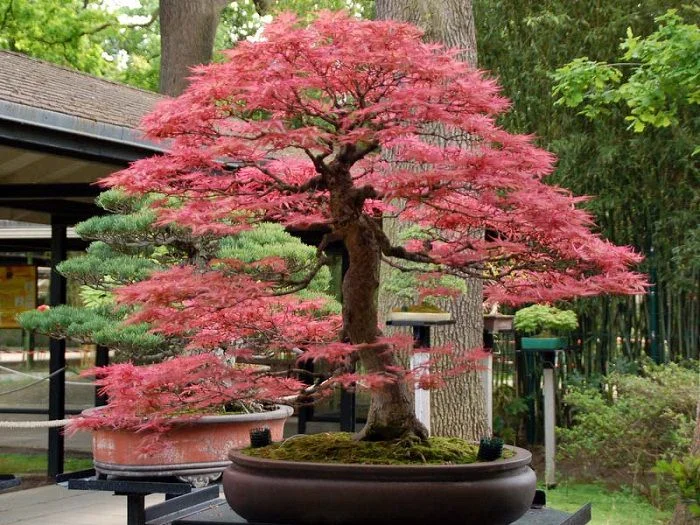
Here are some essential tips for indoor bonsai tree care to ensure your bonsai, whether a vibrant pink bonsai tree or another variety, remains healthy and beautiful.
1. Light
Positioning the indoor bonsai plays a crucial role in its growth and sustenance. The subtropical plants need a stable environment throughout the year to thrive and shine. So, they should be placed indoors where there is ample amount of light but at the same time not direct light. Also, they need enough humidity to keep the soil moist.
The best location will be if you have a south-facing window that receives ample light throughout the day during the summer and is not too direct for the plant to tolerate. However, even such a location may experience a problem receiving low-intensity light, especially during winter. So, you may want to compensate for this loss of light intensity by installing fluorescent lighting with supporting spectra, or you can also employ light-emitting diode lighting for 10 hours a day.
2. Soil & Fertilizer
Your bonsai plant soil should be well-drained and can retain moisture. Mix clay to improve water retention ability and add larger particles like volcanic rocks or stones to enhance soil drainage.
Add fertilizers after watering the soil so that it doesn’t cause root burns. A well-balanced fertilizer should contain equal quantities of nitrogen, phosphorus, and potassium.
3. Watering
Overwatering your bonsai can be dreadful for your plant as it will deter its growth. Signs of overwatering include yellowing and wilting of leaves and shriveling of small branches and roots. When you overwater your bonsai, its roots will begin drowning and consequently be deprived of oxygen, making it incapable of supporting the tree for long. Another situation that causes a problem of overwatering is improperly drained soil.
Therefore, water your bonsai only when the top layer of the soil appears dry, as it needs moisture in the soil continuously to thrive. But also ensure the soil is well drained, and the water can freely escape from the drainage holes. So, water the plant only when necessary.
4. Pruning
You must regularly prune your bonsai plant to keep it in the same shape. Make use of wire branches to give your plant a desirable shape. Maintain your bonsai by snipping away old branches, dead leaves, and buds.
5. Temperature
Tropical trees need higher temperatures than room temperature throughout the year. However, subtropical trees can tolerate slightly lower temperatures than tropical tree species.
6. Repotting Care
You must repot your bonsai every two to five years. While repotting, you must trim out the outer layers of the root mass. Also, ensure that the pot is thoroughly cleaned before repotting the tree.
Concluding Thoughts
So, this is all you need to know about bonsai tree care at home as a beginner. Bonsai trees need regular care and maintenance to keep them thriving for long. It would be best to avoid overwatering, improper lighting, temperature, and other follies such as not pruning your plant, using the wrong fertilizer, and more.
But if you follow the tips we shared and provide the ideal nourishment conditions to your plant, your plant will thrive. According to Japanese culture, Bonsai is a way of life. So, plant a Juniper bonsai or a Gardenia bonsai today and blend your life into it.

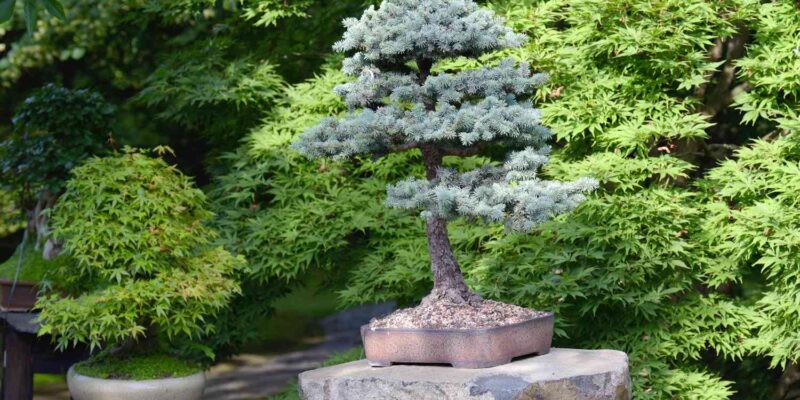


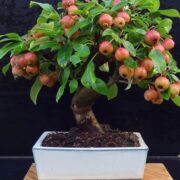
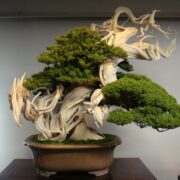

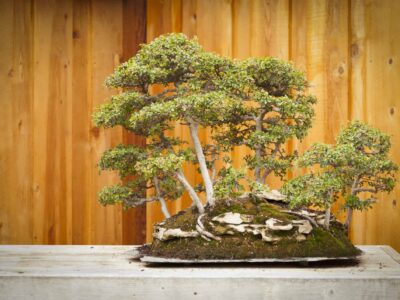

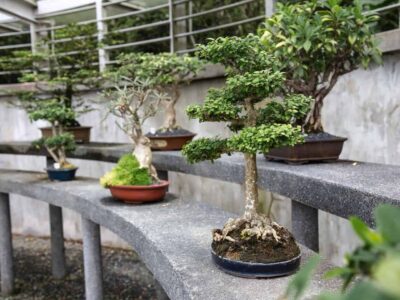
Comments